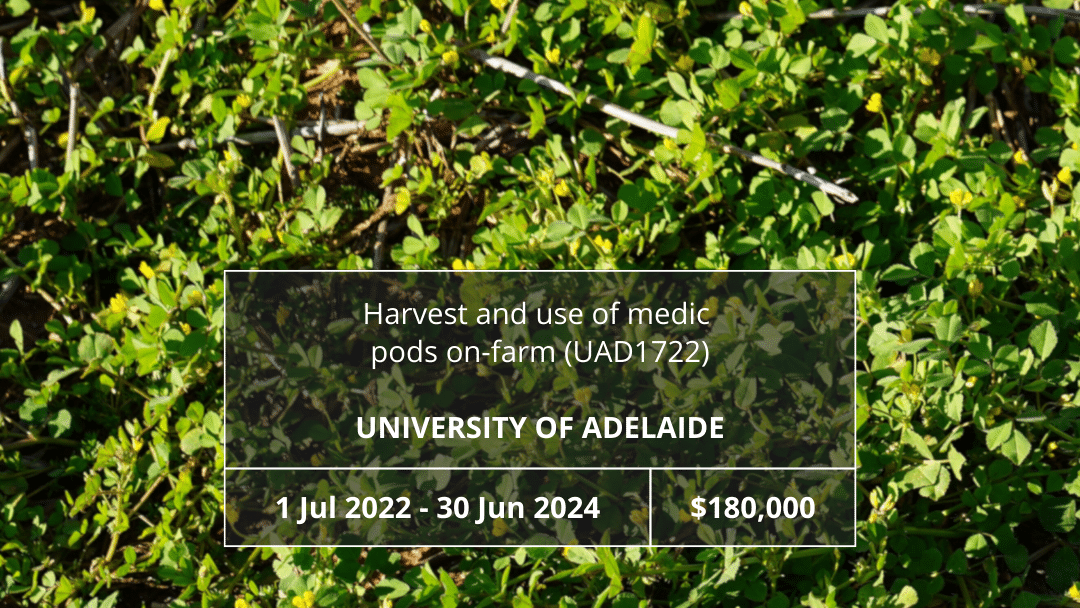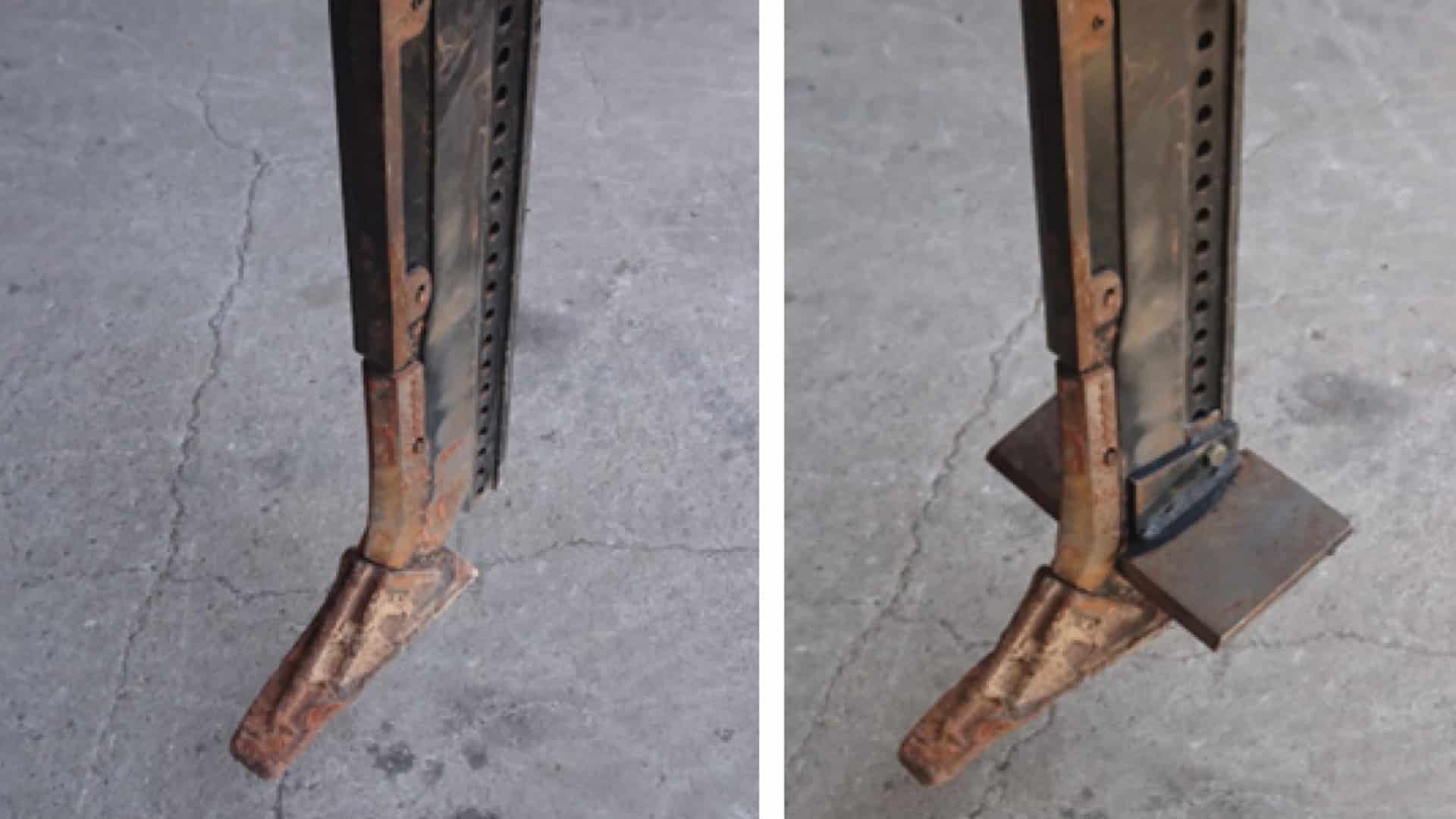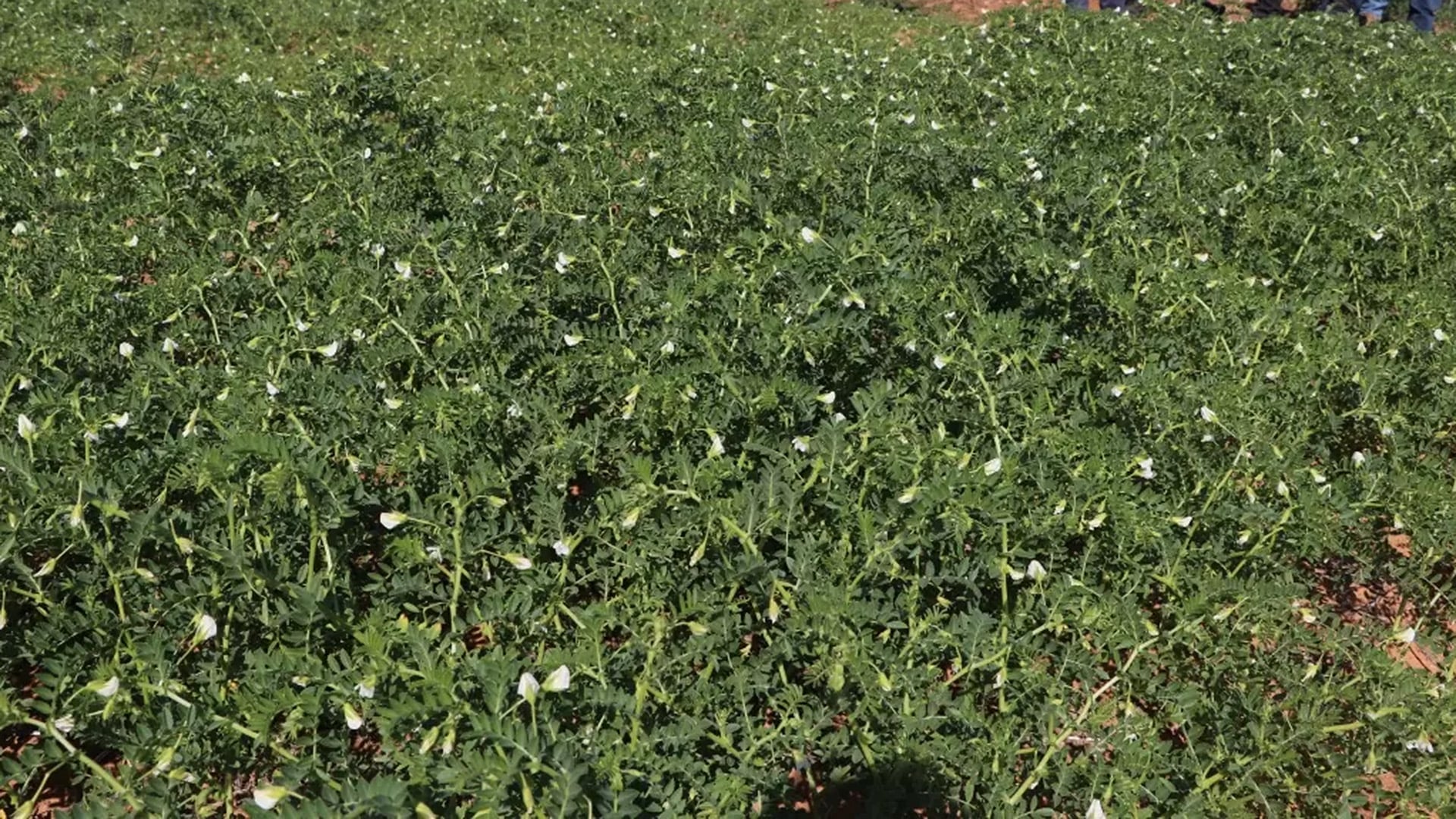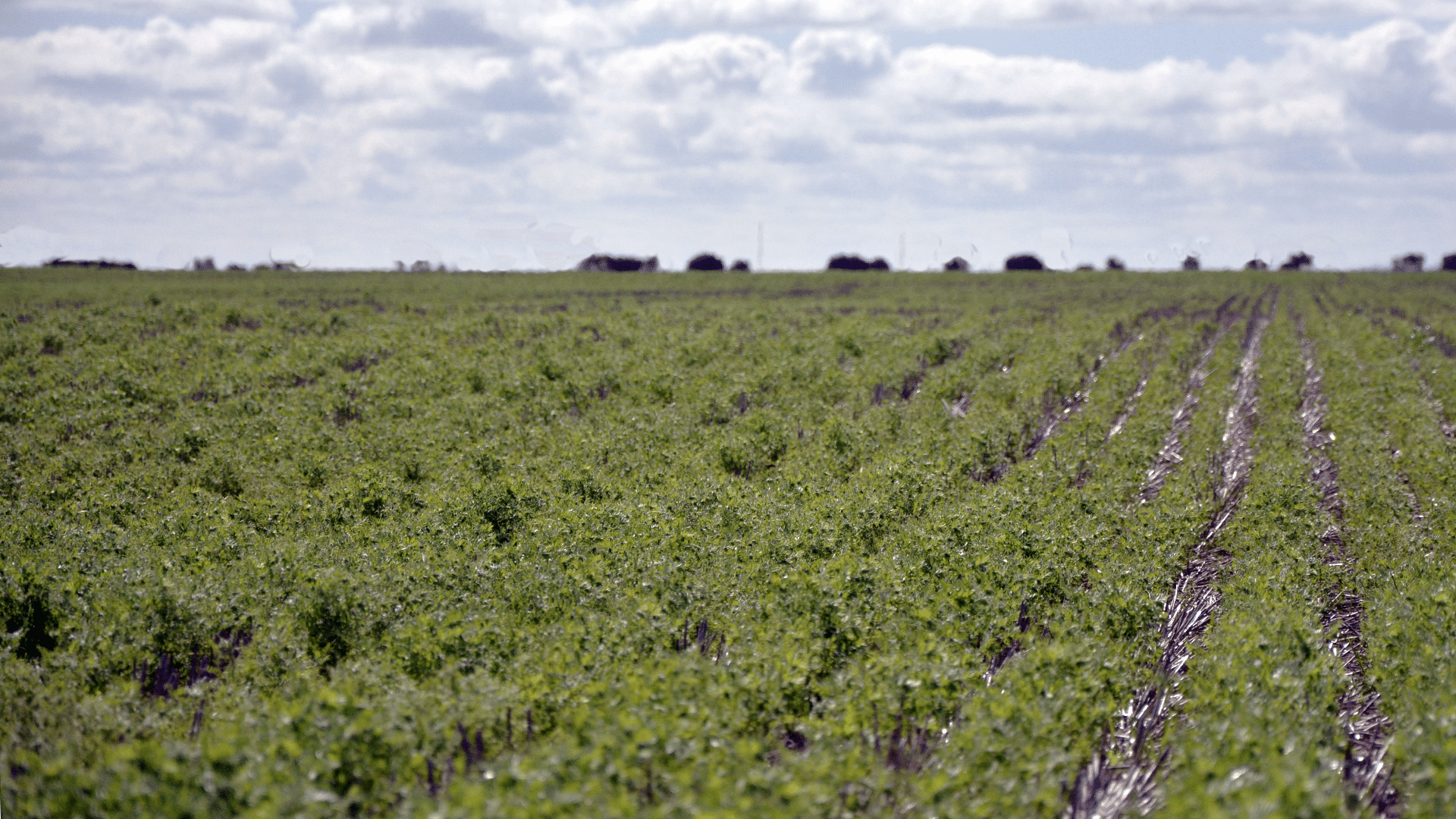Harvest and use of medic pods on-farm (UAD1722)
START
July 1, 2022
FINISH
June 30, 2024

Summary
This project will research novel ways of harvesting and sowing medic pods which have the potential to reduce medic establishment costs by 60 per cent. A cheaper method of harvesting and sowing medic pods is expected to result in increased medic dry matter production and increased benefit to subsequent grain crops.
Project Participants
David Peck, University of Adelaide
The research
This project will research novel ways of harvesting and sowing medic pods which have the potential to reduce medic establishment costs by 60 per cent. A cheaper method of harvesting and sowing medic pods is expected to result in increased medic dry matter production and increased benefit to subsequent grain crops.
Funding
$180,000
More information
David Peck
T: 0407 528 104
E: [email protected]



